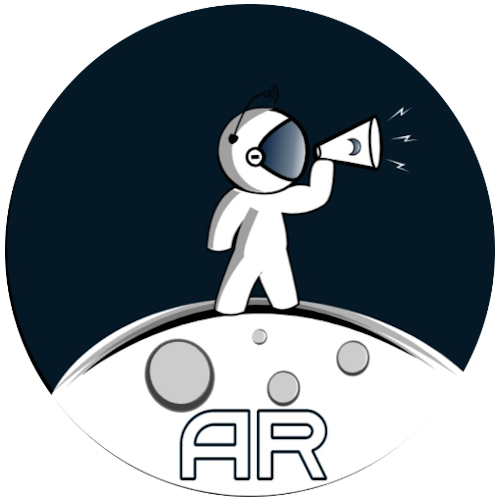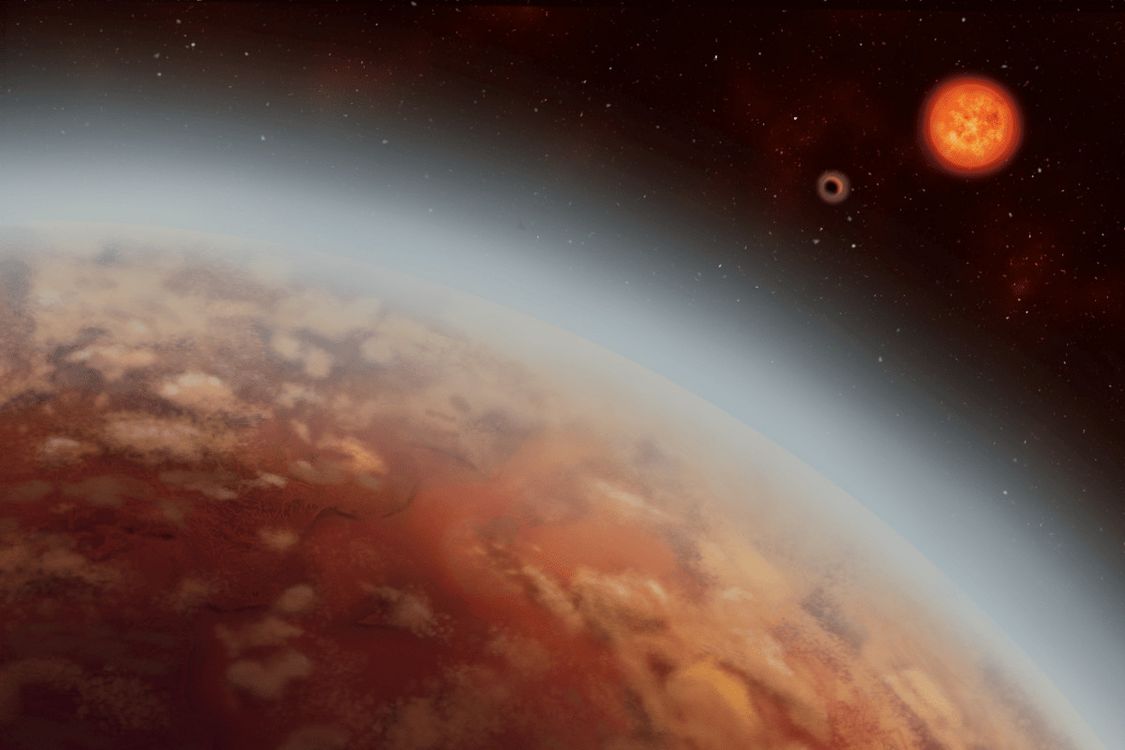Sources : Université de Montréal, Credit photo: Alex Boersma
A new study by Professor Björn Benneke of the Institute for Research on Exoplanets at the Université de Montréal, his doctoral student Caroline Piaulet and several of their collaborators reports the detection of water vapour and perhaps even liquid water clouds in the atmosphere of the planet K2-18b. This exoplanet is about nine times more massive than our Earth and is found in the habitable zone of the star it orbits. This M-type star is smaller and cooler than our Sun, but due to K2-18b's close proximity to its star, the planet receives almost the same total amount of energy from its star as our Earth receives from the Sun.
Abstract of the publication (here) :
Ever since the discovery of the first exoplanet, astronomers have made steady progress towards finding and probing planets in the habitable zone of their host stars, where the conditions could be right for liquid water to form and life to sprawl. Results from the Kepler mission indicate that the occurrence rate of habitable-zone Earths and super-Earths may be as high as 5-20%. Despite this abundance, probing the conditions and atmospheric properties on any of these habitable-zone planets is extremely difficult and has remained elusive to date. Here, we report the detection of water vapor and the likely presence of liquid water clouds in the atmosphere of the 8.6 M⊕ habitable-zone planet K2-18b. With a 33 day orbit around a cool M3 dwarf, K2-18b receives virtually the same amount of total radiation from its host star (1441±80 W/m2) as the Earth receives from the Sun (1370 W/m2), making it a good candidate to host liquid water clouds. In this study we observed eight transits using HST/WFC3 in order to achieve the necessary sensitivity to detect water vapor. While the thick gaseous envelope of K2-18b means that it is not a true Earth analogue, our observations demonstrate that low-mass habitable-zone planets with the right conditions for liquid water are accessible with present-day telescopes.

